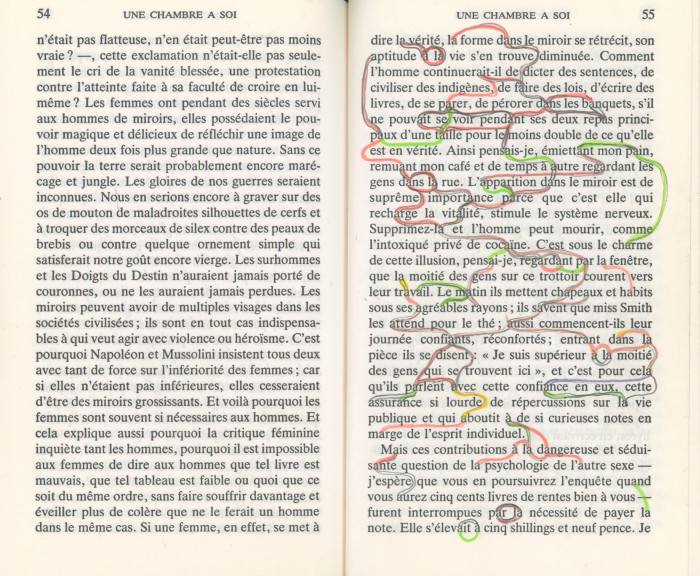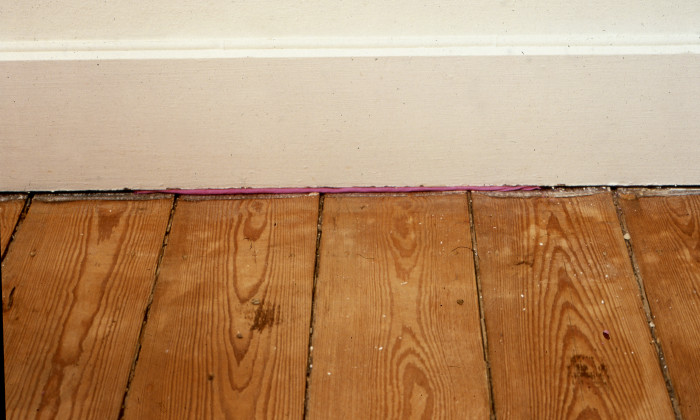Jacqueline Mesmaeker
Jacqueline Mesmaeker first studied fashion (1950-53) and design (1966-67) at the Académie des Beaux-Arts in Brussels, where she attended Géo De Vlaminck's studio, among others. She subsequently enrolled at La Cambre (between 1974 and 1981), where she studied under Jo Delahaut (in the "Three-dimensional space" department) and Jean Glibert (in the "Urban space" department). From 1962 to 1972 she worked as a stylist for brands such as Innovation, before turning her attention to the visual arts.
Mesmaeker's work is minimalist, intangible, and multidisciplinary. Since the 1970s, she has worked in drawing, photography, sculpture and film installation, before moving on to video. Her work, imbued with literary references, turns the imperceptible accidents of everyday life on their head, bringing them to light in subtle and subversive ways. Mesmaeker is a central figure in the Belgian art scene, yet she has long been considered an outsider. Her work has only recently been rediscovered through several solo exhibitions in Belgium, at the Fondation Hermès, Brussels (2019), Museumcultuur Strombeek/Ghent (2020), Bozar, Brussels (2020) and Musée Raveel, Zulte (2021). Following these exhibitions, several institutions have acquired the work of this nonagenarian artist. Mesmaeker’s works can now be found in several Belgian public collections, including SMAK, Ghent, M HKA, Antwerp, MAC’s, Grand Hornu, BPS22, Charleroi and Mu.ZEE, Ostend.
She was awarded the Norwich East Award (1996) and the Aica Belgium Award (2021). In her role as a visual arts teacher, notably at La Cambre (1979-1984) and the ERG (1982-1994), she left a lasting impression on several generations of Belgian artists, including Johan Muyle, Raphaël Van Lerberghe, and Benoît Platéus.


